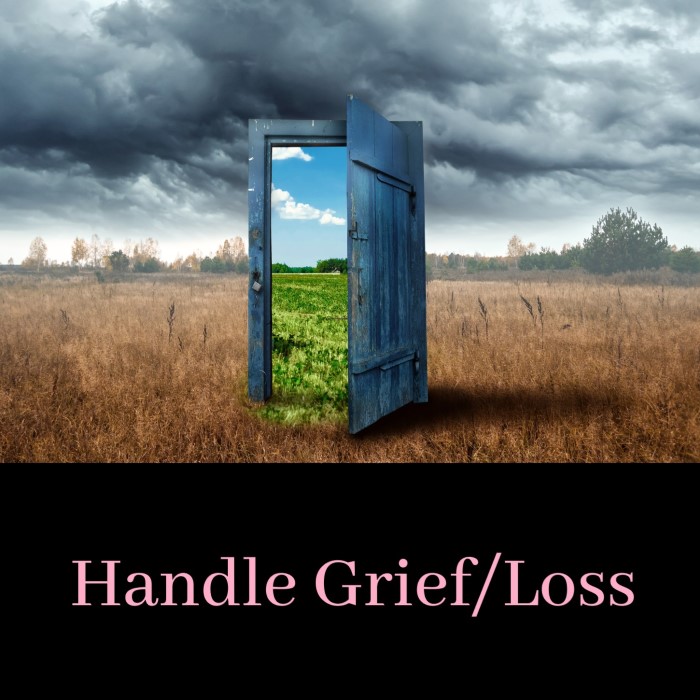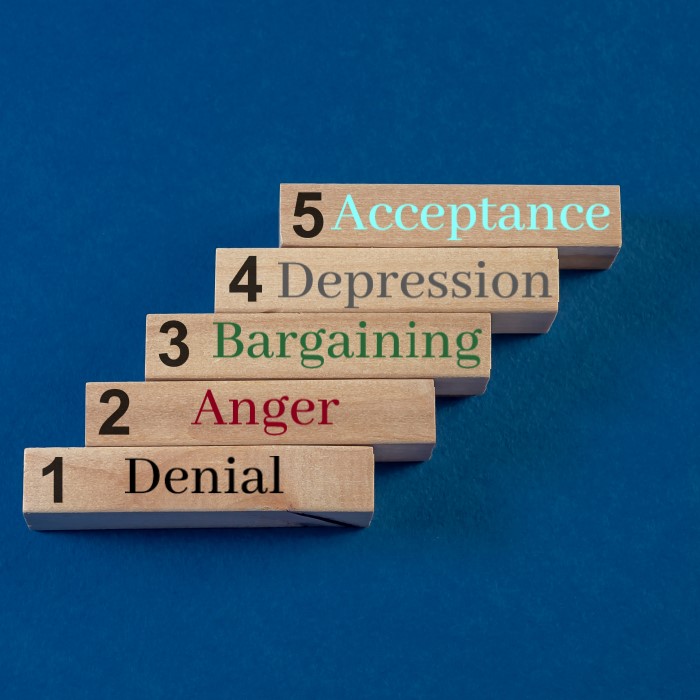Each person will sooner or later experience the death of a loved one. Parents, siblings, children or friends are, for a period, a part of our universe. Within a lifetime, one may experience the death of another and, as a result, a powerful feeling of sadness and grief.

But what if I tell you that somewhere not long ago (about 2000 years ago), on the land where I was born, there was a civilization of humans who believed death must be celebrated and honored as a sacred event. The Dacians (ancient ancestors of Romanians), as they were called at the time, were led and taught by their spiritual leader Zalmoxis, to believe that death is something not to be feared but rather, to be appreciated.
As a result of this belief, they became fearless soldiers in the war with the Roman Empire and died happily, with a smile on their face. They have been recorded by the Greek historian Herodotus as being the most fearless soldiers of that time era.
On a different continent, in Tibet, the Buddhists strongly believe even today, in life after life and the reincarnation chain. Not only do they not believe in grief, but they also teach people around the world how to die gracefully. They believe that the next lifetime is affected by the condition in which death was experienced at the end of this lifetime. A death with no regrets and peace will ensure the next lifetime receives the healthy premises of a fresh start. Grief comes as the result of a loss (usually a person, but it can also be the loss of a pet or, in some cases, even a material item).
In reality, the loss we are experiencing is just an illusion as we are born and die naked. Everything we experience as ‘having’ is only a sweet but short-lived illusion.

Grief Stages
Denial
Usually, denial follows shock. The mind constructs a parallel reality to temporarily adjust to the narrative’s circumstances. This usually results in an imbalance throughout the body, including the heart Dantian. This indicates that although our hearts are unable to acknowledge what is happening, our minds are aware of it. The middle and upper Dantian are out of equilibrium.
We are essentially limited to patiently awaiting this moment to pass at this point.
Cultivation practice
Heart Qi Gong is the practice of uniting with the higher Dantian qi and cultivating gratitude. Exercise with a triple burner to harmonize the chi and allow it to flow through the entire Dantian. (Dantian is a field of energy specific to Qi Gong practice, not to be mistaken with chakra systems.)
Anger
After overcoming denial, the fire element of the heart is exhausted, which impacts the wood element of the liver and results in the manifestation of rage. Anger originates and ends in the liver.
Cultivation practice
Liver Qi Gong in conjunction with a rigorous liver detox and a sleep therapy regimen. The finest kind of meditation is sleep, but if you practice regularly, you won’t need as much sleep to get through this phase.
Bargaining
We begin negotiating our mental states with the outside world when our anger starts to subside. We begin condemning everything and everyone that approaches us. In an attempt to heal, we look for answers in karma, family, cause and effect, or even God. Making up justifications is more of a mental diversion from the circumstances by coming up with logical justifications.
Cultivation Practice
Kidney Qi Gong routine. Since it is more of an internal battle that activates the adrenals’ antimissile mechanism, this is the realm of the kidneys (the water element).
Depression
Most emotional intelligence experts agree that this is the longest and most intense stage of grief.
It is the most excruciating and difficult to get through. This is the phase where depression becomes intolerable and affects the intestines and lungs. We stop breathing deeply and don’t receive enough oxygen to let the body’s grief chi to circulate.
Cultivation Exercise
Lungs/Spleen Qi Gong
At this point, we focus on using certain breathing methods to help the emotions flow. The routines need to be performed at least a couple times a day in order to be successful.
To stimulate the spleen, one must ground themselves. Walking barefoot on the earth or submerging ourselves in the sea for an extended period of time are two practices that aid in reestablishing spleen energy and help us achieve energy balance.
Acceptance
Being in this state is my favorite because it is the best way to combat any unwanted feelings. We are prepared to face both the good and the evil in the world when we embrace whatever comes our way. The snow will melt, the rain will stop, the wind will lessen, and the storm will pass. Everything is a cycle with a start and an end. It becomes simpler to accept both the worst and the finest with the same fortitude and acceptance if we know where we are in the cycle.
Cultivation Practice
We advise forging the physical body with Yang workouts as we gain strength. Five Elements Qi Gong and cardiovascular exercises of any kind, but with caution so as not to hurt oneself.
Emotional Fitness
The Ki Train Method uses regular methods of cultivation to achieve energy efficiency. We exercise to prepare ourselves for any eventuality. We think that strength comes from a process rather than from a one-time fix.
Fixing is not the point. It is all about prevention. It’s never too late to start improving yourself, regardless of age.
We like to believe in the human superpowers. We love the true human spirit.
